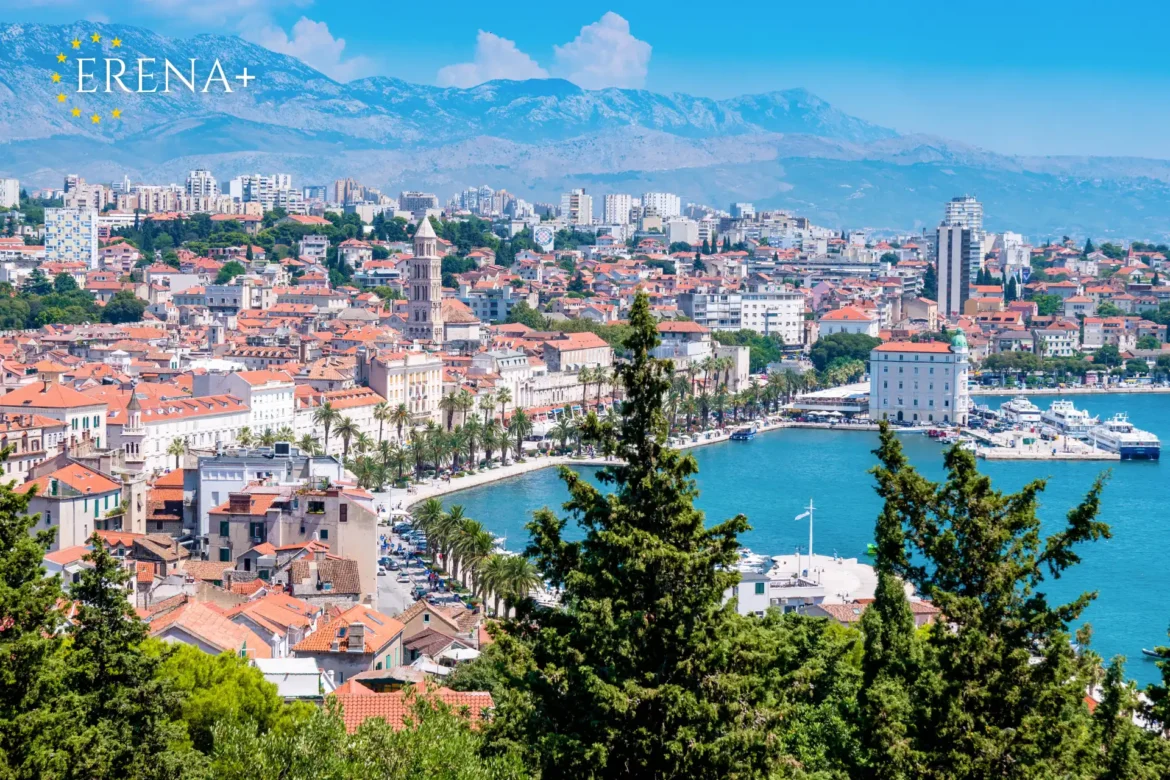Split, Croatia’s second-largest city, is rapidly emerging as a top destination for both real estate investors and homebuyers. With its rich history, stunning coastlines, and growing economy, Split is becoming an increasingly popular location for both residential and commercial real estate. In this article, we explore the current trends in Split’s real estate market and make predictions for 2025 and beyond.
Current Real Estate Trends in Split
Split’s real estate market has experienced significant growth, thanks to factors like tourism, foreign investment, and rising demand for both residential and vacation properties. Key trends shaping the current market include:
1. Tourism-Driven Demand
Tourism is a major driver of the real estate market in Split. The city’s popularity as a tourist destination has boosted demand for vacation homes, short-term rental properties, and commercial spaces. As more tourists visit Split, the need for rental properties, especially in prime locations, continues to rise.
2. Growth in Luxury Real Estate
Luxury real estate is booming in Split. The demand for high-end properties, such as apartments with sea views and luxurious villas, has surged. Foreign buyers, particularly from Western Europe and the U.S., are increasingly interested in acquiring luxury homes in Split’s prime locations.
3. Residential Property Demand
The population of Split has been steadily growing, contributing to increased demand for residential properties. Modern apartments and homes are being developed to cater to the growing need for both permanent residences and rental properties.
4. International Investment
Foreign investors continue to see Split as an attractive destination for real estate investment. Buyers from Germany, the U.K., and Scandinavia have become increasingly active, driving up property values. This trend is expected to continue, as many view Split as an appealing investment due to its EU membership and stunning location on the Adriatic.
Current Real Estate Prices in Split (2024)
Split’s real estate prices reflect the demand and the increasing value of the city’s properties. Here’s a breakdown of average property prices in 2024:
- Apartments:
- City Center (Diocletian’s Palace area): €3,500 – €5,000 per sqm
- Waterfront areas: €3,000 – €4,500 per sqm
- Suburban areas: €2,200 – €3,000 per sqm
- Luxury Properties:
- Luxury apartments/penthouses with sea views: €6,000 – €10,000 per sqm
- Villas (high-end): €500,000 – €1.5 million
- Commercial Real Estate:
- Retail spaces in prime locations: €2,500 – €4,000 per sqm
- Office spaces: €1,500 – €2,500 per sqm
- Land:
- Coastal land: €250 – €500 per sqm
- Inland land: €30 – €150 per sqm
Predictions for Split’s Real Estate Market in 2025 and Beyond
1. Price Growth Slows, But Continues
While the pace of price growth is expected to slow down, prices will still rise in 2025. Experts predict an annual increase of 3% to 5%. Coastal properties, especially those with sea views, will maintain their premium pricing, while inland properties may see more moderate price growth.
2. Shift Toward Sustainable Development
Sustainability will become increasingly important in Split’s real estate market. Energy-efficient homes and eco-friendly building materials will be in high demand as buyers and investors look for environmentally conscious living options. Developers will likely respond by incorporating green building features into new projects.
3. Growing Demand for Suburban Properties
As Split’s population grows, so does the demand for residential properties in suburban areas. Buyers are looking for more affordable options outside the city center, but still within reach of the city’s amenities. Areas such as Solin and Kaštela are expected to see more development.
4. Strong Tourism and Investment
Tourism will remain a key driver of Split’s real estate market. While global economic factors could influence the market, Split’s tourism infrastructure, combined with its appeal as a year-round destination, will continue to attract foreign investment. Short-term rental properties (e.g., Airbnb) will remain popular among investors.
5. Ongoing International Investment
Foreign investment in Split’s real estate market is expected to remain strong. The city’s EU membership and favorable tax policies make it an attractive investment location for foreign buyers. This trend will likely continue, as Split’s Mediterranean charm and investment potential draw buyers from across Europe and beyond.
Challenges to the Market
While Split’s real estate market is thriving, there are some challenges to watch:
- Regulatory Changes: Changes in property taxes, zoning laws, and regulations related to short-term rentals could affect the market, especially for investors.
- Land Shortages: The availability of land for development in prime areas may become limited, leading to higher prices in those locations.
- Economic Factors: Global economic uncertainty, inflation, and interest rates could influence both local and foreign buyers’ purchasing power, potentially slowing market growth.
Conclusion
Split’s real estate market is set to continue growing in 2025 and beyond. With strong demand driven by tourism, foreign investment, and a growing population, Split remains an attractive destination for real estate buyers and investors. While price growth may slow, the market is expected to remain resilient, driven by ongoing development and increasing demand for residential, luxury, and vacation properties. For investors, Split offers a unique opportunity to capitalize on the city’s Mediterranean appeal and economic potential.

